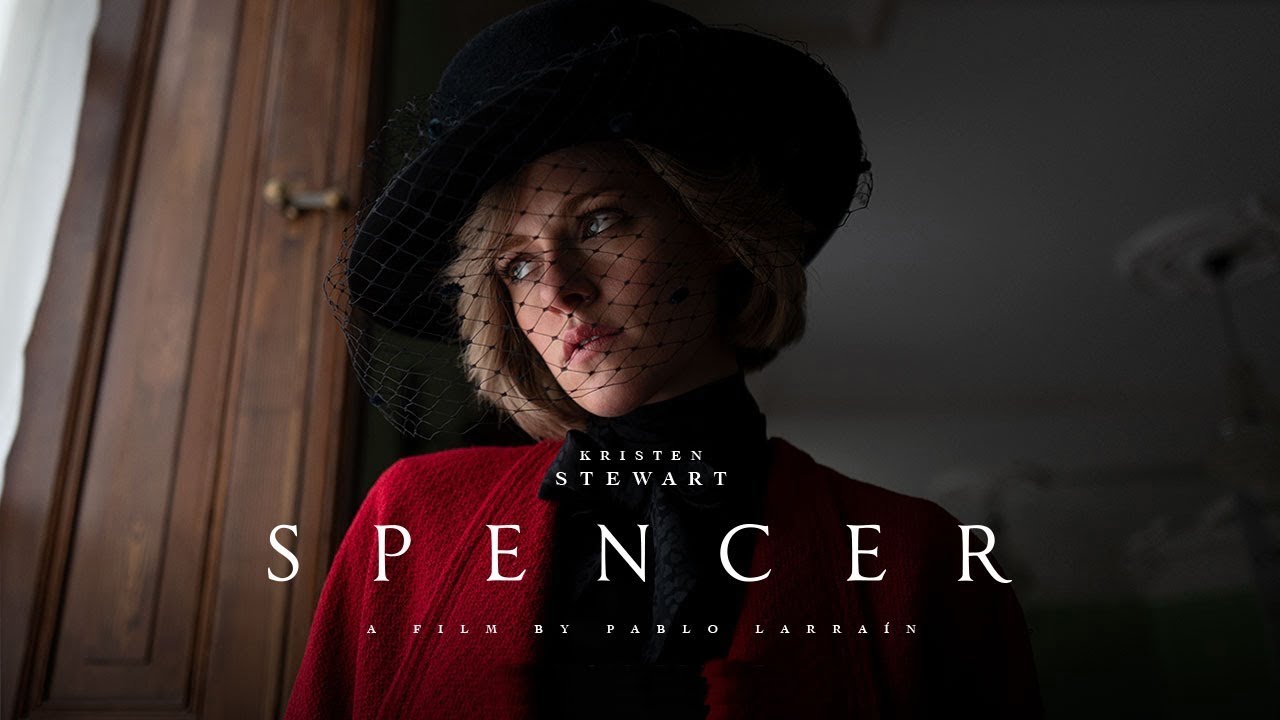At about 1 hour 25 minutes in, as Spencer entered its third act, I found myself tightly clutching onto my fingers, swimming in Diana’s intense emotions and thinking about my mother, about what she must have been thinking when she was the same age as her. What she must have been feeling… Because from what I know now, it surely must have felt very much like what Diana was feeling in the film.
In Pablo Larrain’s Spencer, we do not get a biographical film. We instead get visual poetry in the most cinematic way possible – filled with metaphors of pearls, birds and Anne Boleyn, all of which are open to multiple interpretations, but manages to be successful in doing the important job of conveying emotion. That is probably why Diana’s absolute loneliness and suffocation felt too real. You can feel her pain because you are inside her head and completely understand her perspective.
In Pablo Larrain’s Spencer, we do not get a biographical film. We instead get visual poetry in the most cinematic way possible – filled with metaphors of pearls, birds and Anne Boleyn, all of which are open to multiple interpretations, but manages to be successful in doing the important job of conveying emotion. That is probably why Diana’s absolute loneliness and suffocation felt too real. You can feel her pain because you are inside her head and completely understand her perspective.
The lack of control, feeling constantly scrutinized and the never-ending feeling of walls closing in on her are only ever put on pause in the scenes with her sons where she is playing them and all three of them talk openly, sharing whatever they are thinking of without any judgement. You can see how sure and confident Diana feels of herself as a mother in contrast to the other roles she’s supposed to be playing.
Also read: ‘The Crown’ Review: Season 4 Is Boldly Spilling The Royal ‘T’ And We Are Here For It
Even my childhood was filled to the brim with moments like that where my mom, my sister and I goofed around playing silly games and talked endlessly about everything under the sun. I now know that it is in those moments my mom was finding some peace and feeling some kind of personal surety.
I’m, of course, not the only person who is reminded of their mother when looking at Diana. There’s a reason why she was – and continues to be – so beloved on an international level, especially by women, despite being a royal. She embodies a specific kind of suffering that is extremely isolating, bogged down by familial and societal pressures. It is quite female in nature. That is why so many women related to Diana so much. They could see themselves in her loneliness.
She embodies a specific kind of suffering that is extremely isolating, bogged down by familial and societal pressures. It is quite female in nature. That is why so many women related to Diana so much. They could see themselves in her loneliness.
There is a massive loss of personal identity that this suffering has as you suddenly are told that you are not your own person anymore and represent your whole family or community, and every misstep is akin to a sin.
Throughout the film, Diana wishes to go back to her childhood home, which is the neighboring house, and she talks about being Spencer (her maiden name). A montage featuring her childhood and teenage self, edited along with her current self – all versions dancing, running in a field and simply being, captures her zest for life as a haunting score plays in the background, making sure there’s a perpetual state of unease.
So, when Diana finally genuinely laughs near the end, I almost cried from relief because I could not help but wonder – is that what it felt like for my mom too? To have a tiny moment of laughter after spending every minute of every day enduring this stress? I obviously can never truly know, but it feels like I travelled back in time for some minutes and met the younger version of her.
It has been a long time since I had such a visceral reaction to a film that compelled me to pour my heart out like this, but when Diana is shown surviving a daily existence of everybody around her considering her unstable and she turns to her older son William in the dead of the night, saying, “if I start being really silly in the next few days, just tell me. I’ll only believe it if it’s you who tells me.” This pure display of trust on a child felt too real because it was real for my sister and I.
I obviously knew my mom then, but Spencer brought me closer to her younger self – not as a mother, simply as a young woman. And somehow that experience became priceless.
Shivani Yadav is a film and culture writer. She’s currently studying Psychology and working as a translator at Khabar Lahariya, India’s only grassroots feminist news organization. You can find her on Twitter and Instagram.
Featured image source: YouTube
About the author(s)
Shivani Yadav is a literary translator and popculture writer. Her work has appeared in literary journal, Kitaab, along with online websites like Firstpost, Bound India, Kunzum, LiveWire and Film Companion. She’s currently studying Psychology and working as a translator at Chambal Media and Khabar Lahariya, India’s only grassroots feminist news organization. You can find her on X and Instagram and read her popculture newsletter.




